Submit your abstract for NANO2018 conference at City University of Hong Kong by 28 February 2018.


Submit your abstract for NANO2018 conference at City University of Hong Kong by 28 February 2018.
![Nanostructured Water Treatment Membranes Based on Thermotropic Liquid Crystals [Video]](https://www.advancedsciencenews.com/wp-content/uploads/2018/02/advs20170405_ASN_image.png)
A team of researchers design sub-nanoporous, selective membranes for water treatment using self-assembled liquid crystal (LC) monomers. The membranes show salt rejection ability, ion selectivity, and excellent water permeability.
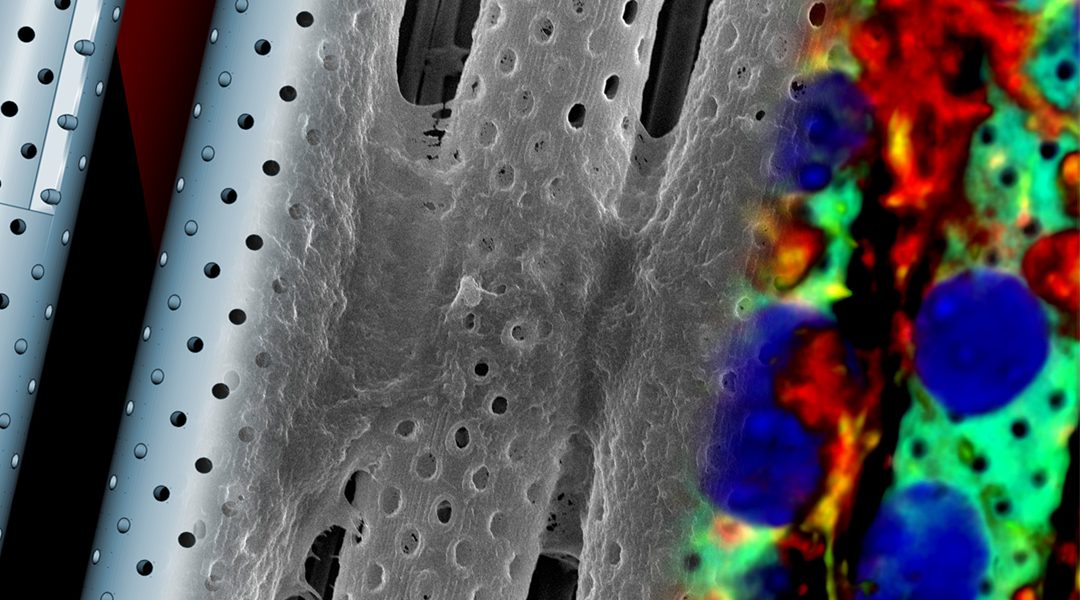
Bioinspired, biohybrid device design and fabrication strategy for investigating the ability of therapeutics to cross the blood brain barrier.
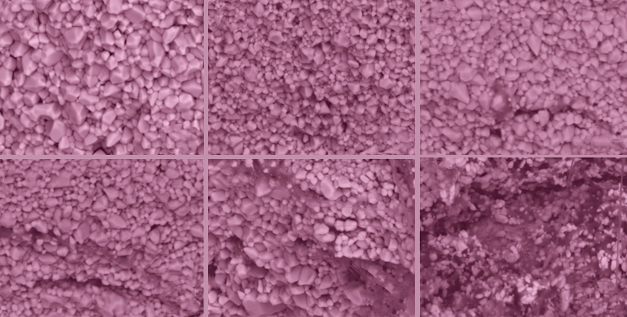
It is shown that polymer such as Teflon can be distributed around each grain of ZnO, and this, in turn, allows for use to form a composite material with an electrical conduction that is blocked at low fields and conducts at high field through the quantum mechanical process known as “tunneling”.
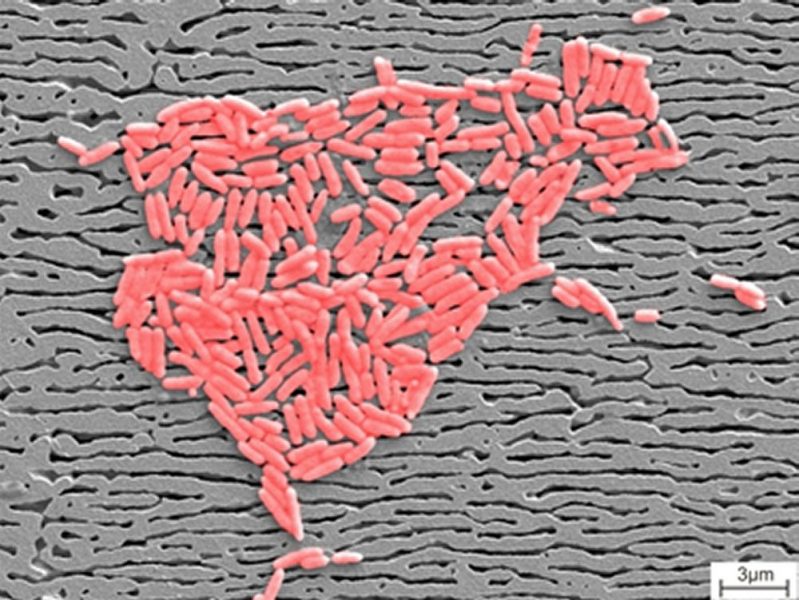
Ni-based superalloys, hitherto utilized exclusively for high temperature applications, e.g. as turbine blades in aero engines, are used to prepare heat-resistant membranes.
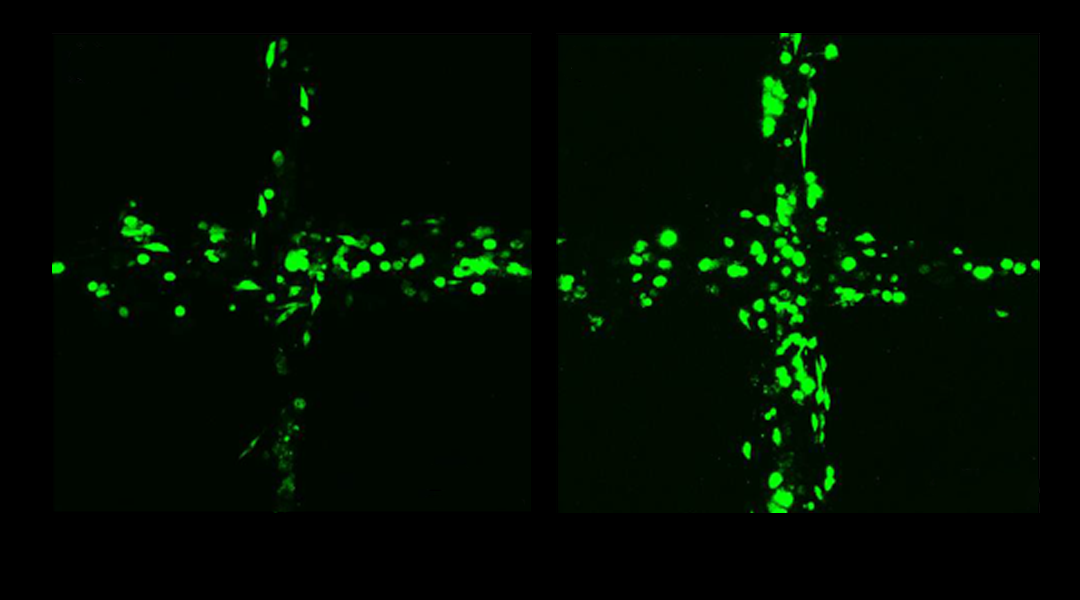
Cell printing using this new electro-hydrodynamic technique allows the creation of cell structures with multiple layers and a high cell viability.

A novel reactive oxygen species (ROS)-promoted nanomedicine platform can effectively inhibit tumor growth, reduce side effects experienced in common anticancer drugs, while promote on-target uptake.
![Tumor-Targeting “Polywraplex” for siRNA Delivery [Video]](https://www.advancedsciencenews.com/wp-content/uploads/2018/02/ASN_feature_adfm201703207.jpg)
Tuo Jin and colleagues from Shanghai Jiao Tong University synthesize a synthetic carrier system for small interfering RNA (siRNA) with customizable size, pH-responsive degradability, and optimized surface population of cell-targeting agent.

Recent research results in fabricating thermal management devices using 3D printing methods are reviewed.
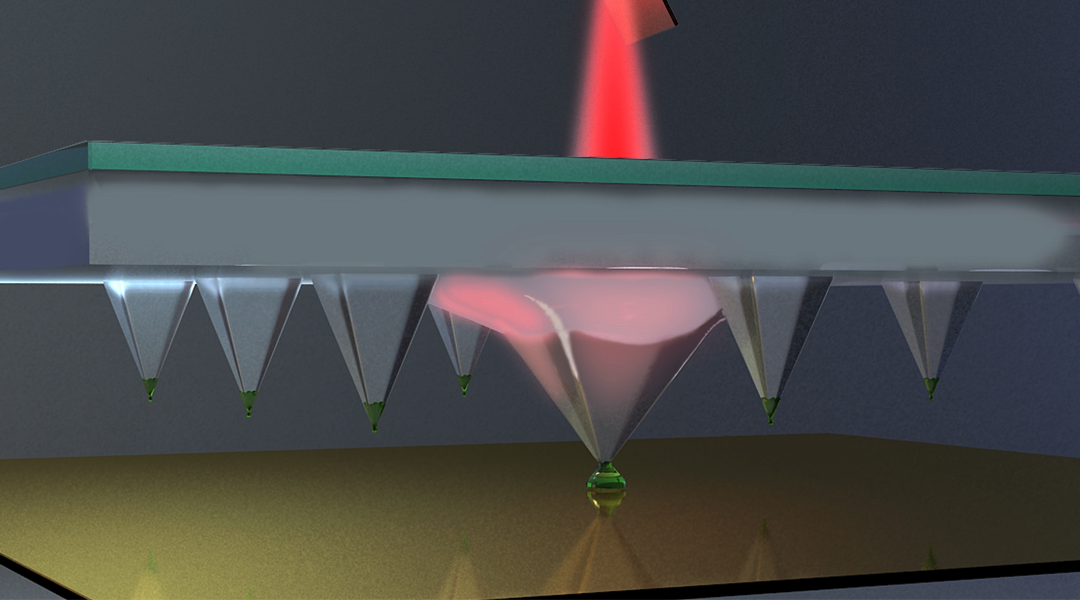
Local control of pens in a large-scale pen array can be achieved by using a nanotube composite that is photo-responsive to fabricate each individual pen.